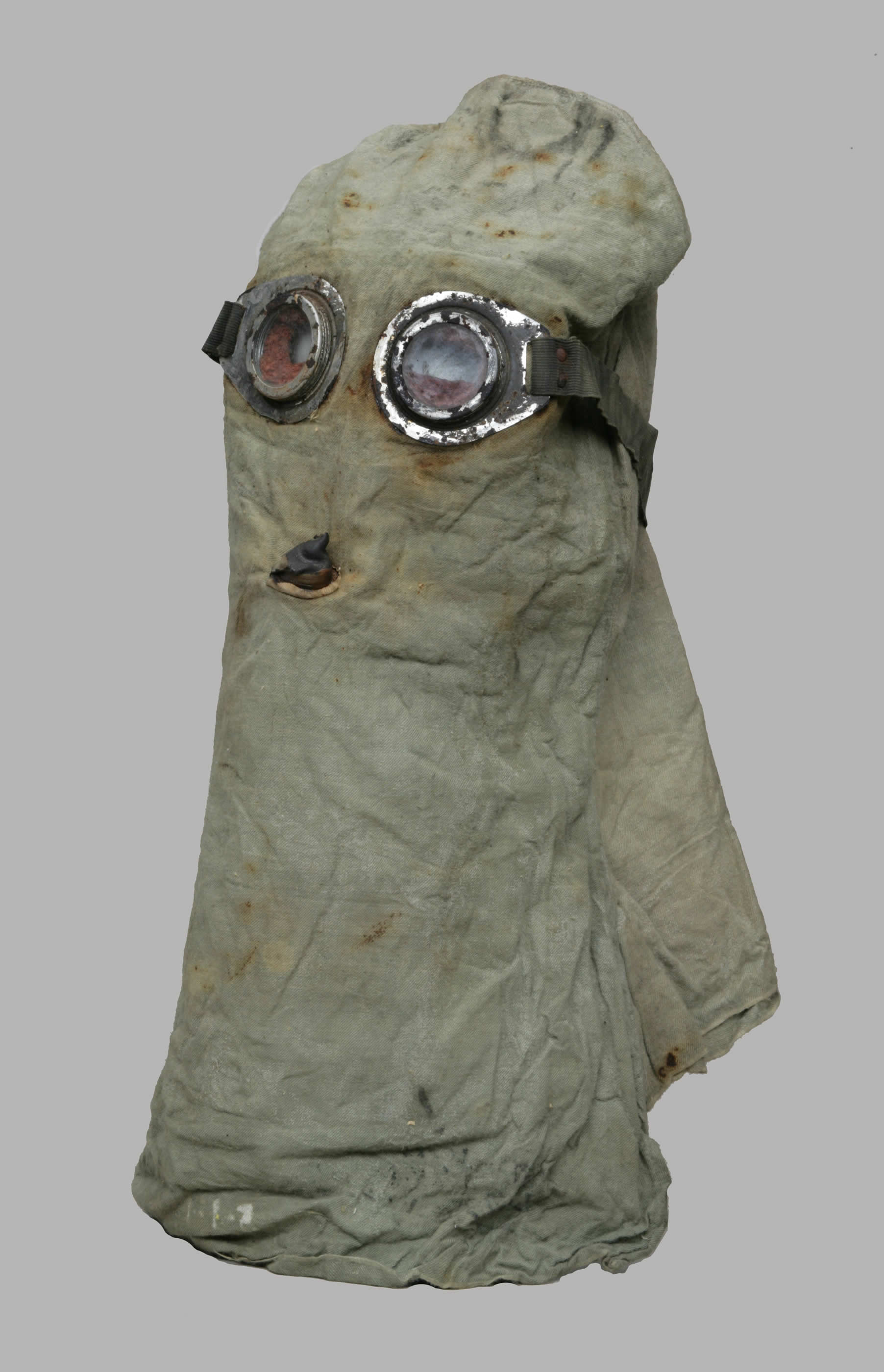

When ignited, the materials gave off dense clouds of choking sulfur dioxide gases which killed 19 Roman soldiers and a single Sassanian, purported to be the fire-tender, in a matter of two minutes. Research carried out on the collapsed tunnels at Dura-Europos in Syria suggests that during the siege of the town in the third century AD, the Sasanians used bitumen and sulfur crystals to get it burning. The earliest archaeological evidence of gas warfare is during the Roman–Persian wars. Sparta was not alone in its use of unconventional tactics in ancient Greece Solon of Athens is said to have used hellebore roots to poison the water in an aqueduct leading from the River Pleistos around 590 BC during the siege of Kirrha. Spartan forces besieging an Athenian city placed a lighted mixture of wood, pitch, and sulfur under the walls hoping that the noxious smoke would incapacitate the Athenians, so that they would not be able to resist the assault that followed. The earliest recorded use of gas warfare in the West dates back to the fifth century BC, during the Peloponnesian War between Athens and Sparta. These accounts describe an arsenic-containing "soul-hunting fog", and the use of finely divided lime dispersed into the air to suppress a peasant revolt in 178 AD.

Other Chinese writings dating around the same period contain hundreds of recipes for the production of poisonous or irritating smokes for use in war along with numerous accounts of their use. In the second century BC, writings of the Mohist sect in China describe the use of bellows to pump smoke from burning balls of toxic plants and vegetables into tunnels being dug by a besieging army. The Art of War described the use of fire weapons against the enemy.Īrsenical smokes were known to the Chinese as far back as c. Ancient Greek historians recount that Alexander the Great encountered poison arrows and fire incendiaries in India at the Indus basin in the 4th century BC.
WW2 UNITED STATES GAS MASK MANUAL
Kautilya's " Arthashastra", a statecraft manual of the same era, contains hundreds of recipes for creating poison weapons, toxic smokes, and other chemical weapons. 400 BC) forbids the use of poison and fire arrows, but advises poisoning food and water. The " Laws of Manu," a Hindu treatise on statecraft (c. Some of the earliest surviving references to toxic warfare appear in the Indian epics Ramayana and Mahabharata. Homer's epics, the Iliad and the Odyssey, allude to poisoned arrows used by both sides in the legendary Trojan War ( Bronze Age Greece). But alongside the horrors, pleasure, desire, wonder, creativity, and humor were all still abundantly present in a period before air raids went from being a fearful specter to a deadly reality.Chemical weapons have been a part of warfare in most societies, although their use has been particularly controversial since the 20th century.Īncient Greek myths about Heracles poisoning his arrows with the venom of the Hydra monster are the earliest references to toxic weapons in western literature. The war years in Japan are often portrayed as a landscape of privation and suppression under the censorship of the war machine. Gennifer Weisenfeld reveals the immersive aspects of this culture, in which Japan’s imperial subjects were mobilized to regularly perform highly orchestrated civil air defense drills throughout the country. Gas Mask Nation explores the multilayered construction of an anxious yet perversely pleasurable visual culture of Japanese civil air defense-or bōkū-through a diverse range of artworks, photographs, films and newsreels, magazine illustrations, postcards, cartoons, advertising, fashion, everyday goods, government posters, and state propaganda. Yet amid these emblems of anxiety, tasty caramels were offered to children with paper gas masks as promotional giveaways, and magazines featured everything from attractive models in the latest civil defense fashion to futuristic weapons. A fascinating look at the anxious pleasures of Japanese visual culture during World War II.Īirplanes, gas masks, and bombs were common images in wartime Japan.


 0 kommentar(er)
0 kommentar(er)
